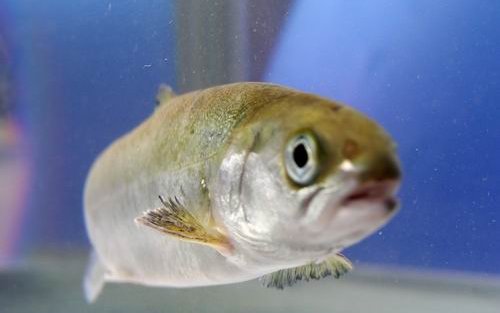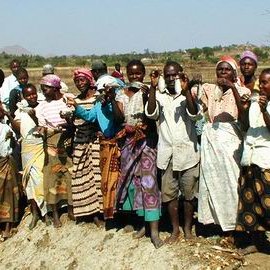In Norway, farmed salmon transferred to seawater as one-year olds have just half the number of deformities at slaughter as those transferred to sea in autumn. The zero-year olds also have more serious deformities. Project leader Grete Bæverfjord has begun research to discover which production conditions cause zero-year olds to develop less satisfactorily.
Followed all the way to slaughter
The smolts have lived in varying degrees of temperature, density, oxygen and vaccination in fresh water. “These treatments represent environmental conditions that we find in ordinary fresh water plants and are selected because we believe that they may be significant for the normal development of the skeleton and organs,” explains Bæverfjord. The smolts will be transferred to sea this autumn and followed closely until slaughter. This year’s experiment will be followed up with a new experiment next year. Bæverfjord believes that this research is challenging because it can take a long time from when the fish are transferred to the sea until visible defects emerge. “By following the fish all the way from start feeding to slaughter, we hope to find new clues about which production conditions result in normal, healthy salmon,” she says.
New equipment
AKVAFORSK is currently installing advanced x-ray equipment that is specially adapted to fish. “This is a workhorse with large capacity that gives high quality x-rays of all fish sizes,” explains Bæverfjord. “With this new equipment we can see for ourselves the small irregularities in bone structure and follow the development of these over time. We will be able to use this information in diagnostics to uncover defects that will develop into deformities at an early stage.”
The project is financed by the Fishery and Aquaculture Industry Research Fund (FHF) through the Research Council of Norway. Veterinarian Brit Tørud of Fiskehelsa BA, who has special expertise in heart development, will participate in the project.
(Photo: Knut Werner Alsén)












